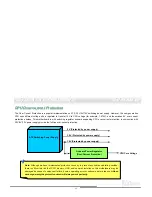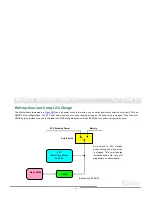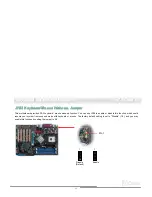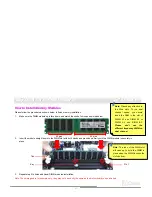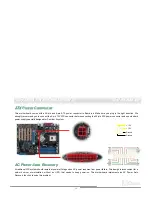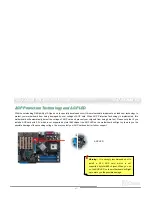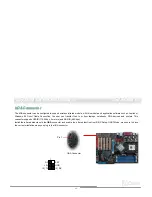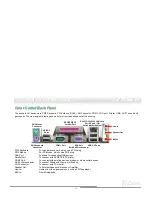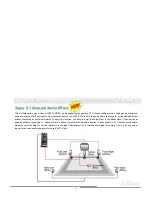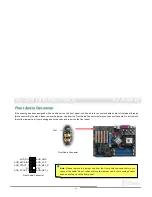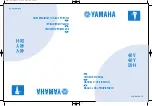
41
A
A
O
O
p
p
e
e
n
n
i
i
8
8
6
6
5
5
F
F
a
a
m
m
i
i
l
l
y
y
a
a
r
r
d
d
s
s
O
O
n
n
l
l
i
i
n
n
e
e
M
M
a
a
n
n
u
u
a
a
l
l
M
M
o
o
t
t
h
h
e
e
r
r
b
b
o
o
S
S
e
e
r
r
i
i
a
a
l
l
A
A
T
T
A
A
S
S
u
u
p
p
p
p
o
o
r
r
t
t
e
e
d
d
The traditional parallel ATA specification has defined the standard storage interface for PCs with its original speed of just 3
Mbytes/second since the protocol was introduced in the 1980s. And the latest generation of the interface, Ultra ATA-133, has been
developed further with a burst data transfer rate of 133 Mbytes/second. However, while ATA has enjoyed an illustrious track record, the
specification is now showing its age and imposes some serious design issues on today’s developers, including a 5-volt signaling
requirement, high pin count, and serious cabling headaches.
The Serial ATA specification is designed to overcome these design limitations while enabling the storage interface to scale with the
growing media rate demands of PC platforms. Serial ATA is to replace parallel ATA with the compatibility with existing operating systems
and drivers, adding performance headroom for years to come. It reduces voltage and pins count requirements and can be implemented
with thin and easy to route cables.
Serial ATA Ports
SATA port 1 SATA port 2



